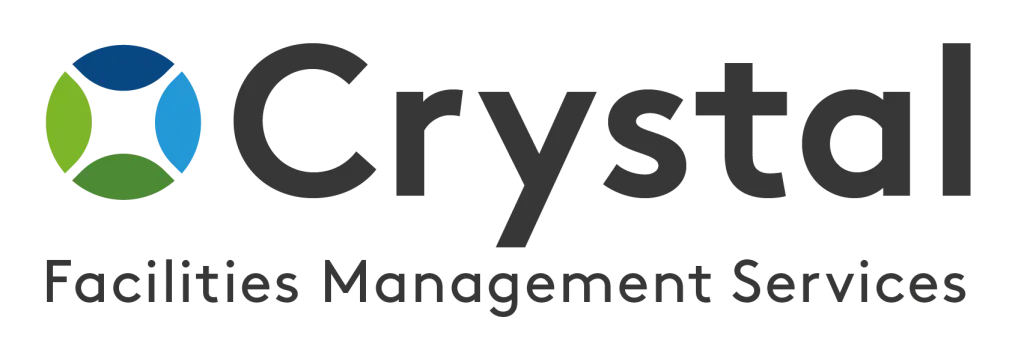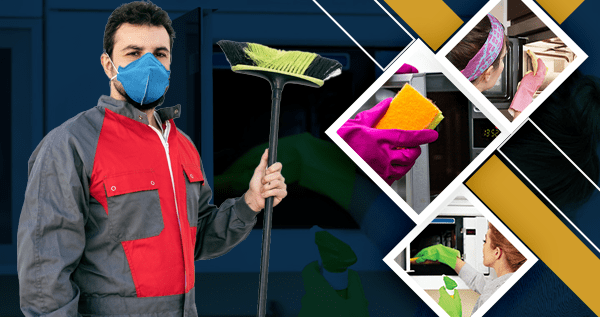Introduction
Soft facilities management refers to the non-technical support services that are essential for the functioning of an organization. These services include cleaning, security, catering, waste management, and more. In recent years, there has been a growing focus on innovative approaches to soft facilities management, with a particular emphasis on driving efficiency and cost savings. This article will explore some of the innovative strategies that companies such as Crystal Facilities Management are implementing to achieve these goals.
Utilizing Technology for Efficient Cleaning
One of the key areas of soft facilities management is cleaning services. Traditionally, cleaning has been a labor-intensive task that requires significant time and resources. However, with the advancement of technology, companies like Crystal Facilities Management are leveraging innovative tools and equipment to streamline the cleaning process.
For example, the use of automated cleaning robots and sensors can help improve the efficiency of cleaning operations. These robots can be programmed to navigate through a facility and perform routine cleaning tasks, freeing up human resources to focus on more specialized cleaning requirements. Additionally, the use of sensors can help monitor cleaning needs in real-time, allowing for targeted and efficient cleaning efforts.
Implementing Sustainable Practices
Another innovative approach to soft facilities management is the implementation of sustainable practices. With a growing emphasis on environmental responsibility, companies like Crystal Facilities Management are adopting green cleaning solutions and waste management practices to not only reduce their environmental footprint but also drive cost savings.
For example, the use of eco-friendly cleaning products and energy-efficient equipment can lead to reduced operational costs and contribute to a healthier indoor environment for building occupants. Furthermore, implementing waste reduction and recycling programs can help minimize the amount of waste generated, ultimately leading to cost savings and a positive impact on the environment.
Adopting Data-Driven Decision Making
Advancements in technology have also paved the way for a more data-driven approach to soft facilities management. Companies are increasingly using data analytics and predictive modeling to make informed decisions about resource allocation, scheduling, and predictive maintenance.
For instance, by collecting and analyzing data on building usage patterns, foot traffic, and cleaning requirements, companies can optimize their cleaning schedules and resource allocation to meet the specific needs of each facility. This not only leads to improved efficiency but also helps in identifying opportunities for cost savings.
Outsourcing Specialized Services
In addition to traditional in-house soft facilities management services, companies are increasingly turning to outsourcing for more specialized services. For example, companies like Crystal Facilities Management are offering specialized cleaning services such as high-rise window cleaning, deep cleaning, and biohazard cleanup services.
By outsourcing these specialized services to experts in the field, organizations can benefit from the expertise and efficiency of external service providers, while also freeing up their internal resources to focus on core business activities. This approach not only drives efficiency but also often leads to cost savings and improved service quality.
Embracing a Flexible Workforce
The traditional approach to soft facilities management often involved a static workforce with fixed schedules and responsibilities. However, companies are now embracing a more flexible and agile workforce to drive efficiency and cost savings.
For example, companies like Crystal Facilities Management are implementing flexible staffing models that allow for on-demand cleaning services to be provided based on real-time needs. This approach not only ensures that cleaning resources are deployed efficiently but also helps in reducing labor costs associated with maintaining a static workforce.
Furthermore, embracing a flexible workforce can also help in addressing fluctuating cleaning requirements, such as those resulting from seasonal variations in foot traffic or special events.
Conclusion
Innovative approaches to soft facilities management are essential for driving efficiency and cost savings in a rapidly evolving business landscape. Companies like Crystal Facilities Management are at the forefront of adopting these innovative strategies, utilizing technology, implementing sustainable practices, adopting data-driven decision-making, outsourcing specialized services, and embracing a flexible workforce to achieve these goals. By leveraging these innovative approaches, organizations can optimize their soft facilities management operations, reduce costs, and provide a better environment for their occupants.












